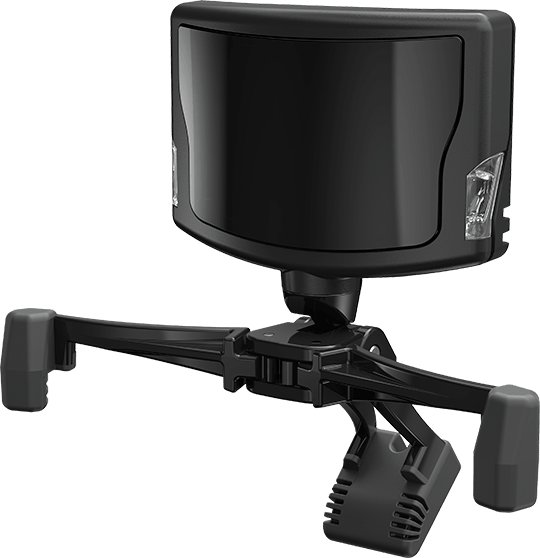General
In this course we want to collect all kinds of information about the hardware that we use for virtual flying.
In this course we want to collect all kinds of information about the hardware that we use for virtual flying.
 When flying, it is important to be able to look around quickly and easily. This applies, for example, to the take-off, where you have to click all kinds of buttons in the cockpit. These may be located at the rear left or right on the side consoles. This becomes even more important in flight, when you want to quickly look to the side to see how far you are on the counter-approach to the runway. And even more so when you are in a dogfight and have to keep checking whether there is someone stuck to your tail who wants to shoot you down.
When flying, it is important to be able to look around quickly and easily. This applies, for example, to the take-off, where you have to click all kinds of buttons in the cockpit. These may be located at the rear left or right on the side consoles. This becomes even more important in flight, when you want to quickly look to the side to see how far you are on the counter-approach to the runway. And even more so when you are in a dogfight and have to keep checking whether there is someone stuck to your tail who wants to shoot you down.
Using joystick buttons to move the button takes too long and is unintuitive. You can do that for a while, but it's no fun in the long run. If you don't want to use VR glasses because, for example, you quickly suffer from motion sickness or your computer isn't fast enough for it, then the only thing that helps is a head-tracking system. This is a system that transfers the real head movements into the game. There are various techniques for this.
There are various methods for doing this. The best known is a system in which several infrared LEDs are attached to the head in a frame. Either on the headphones or on a baseball cap. A special IR camera detects the position and distance of the LEDs from each other and can use this to determine the position of the head. There are also methods where the face is recognised by a web cam or a small gyro sensor is used. All systems have advantages and disadvantages. The costs also differ greatly. In this section we would like to present various methods.
 Some small amount of additional equipment can greatly enhance the aviation equipment.
Some small amount of additional equipment can greatly enhance the aviation equipment.